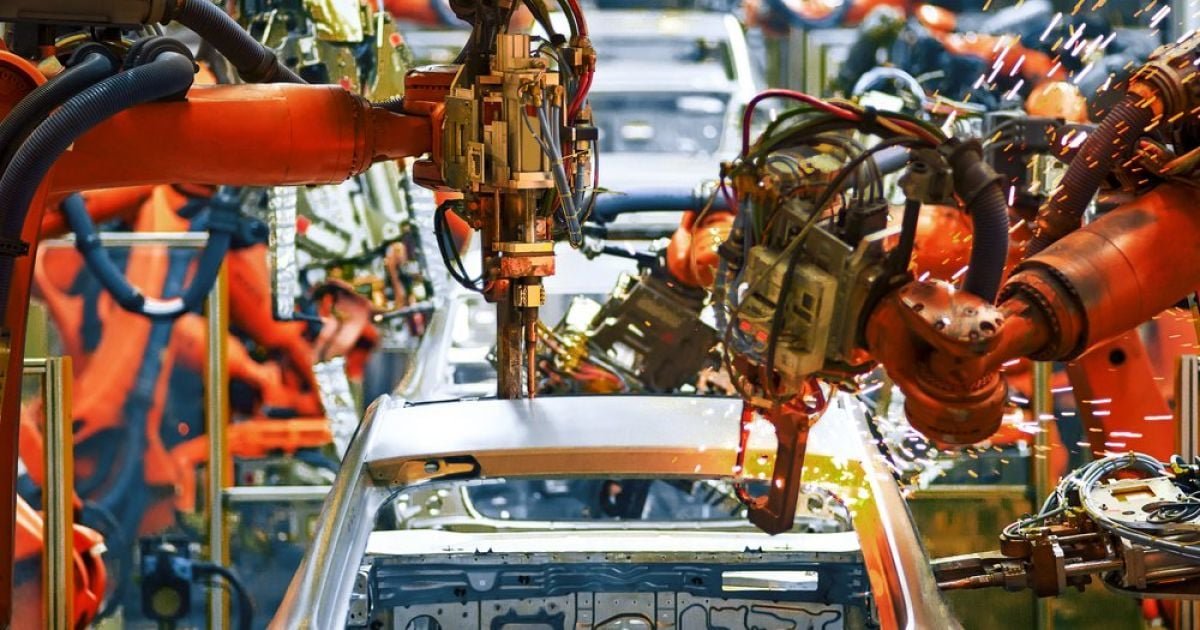The Role of Artificial Intelligence in the Automotive Industry
The automotive industry has seen a surge in the use of artificial intelligence (AI) in recent years. AI is being used to automate many processes in the automotive sector, from driving and navigation to safety, production and customer experience. AI is allowing automakers to create more efficient, reliable and affordable vehicles. This article will explore the multitude of ways AI is being used in the automotive industry.
AI in Automotive Manufacturing
Automakers are using AI-powered robots to automate production lines and create more efficient processes. AI can also be used to analyze data from the production process and identify areas of improvement. This data can then be used to optimize the production process and make it more efficient. AI can also be used to identify defects in the production process, allowing automakers to make adjustments before the vehicle is released to the customer.
AI in Automotive Safety
AI is also being used to enhance vehicle safety. Automakers are using AI to develop advanced safety features such as automatic emergency braking and lane departure warnings. AI can also be used to detect potential hazards on the road, such as obstacles or other vehicles, and alert the driver. AI can also be used to analyze data from vehicle sensors to identify potential problems before they occur. Automakers are also using AI to develop advanced driver-assistance systems (ADAS) to enhance safety and aid in avoiding accidents. ADAS features such as automatic lane-keeping and adaptive cruise control can help reduce the risk of human error while driving.
AI in Automotive Customer Experience
Automakers are using AI to develop virtual assistants that can help customers with common tasks such as booking a service appointment or finding a nearby gas station. AI can also be used to analyze customer data and provide personalized recommendations to customers. For example, AI can be used to recommend the best car for a customer based on their needs and preferences.
AI in Automotive Driving
One of the most prominent ways AI is being used in the automotive industry is in the development of autonomous driving capabilities. Autonomous vehicles use a combination of sensors, cameras, and AI algorithms to detect and identify objects around them. This data is then used to make decisions about how the vehicle should move and react in different situations. AI technology is playing an increasingly important role in the development of self-driving cars. AI algorithms are capable of making rapid decisions at a speed and accuracy that surpasses human abilities, allowing self-driving cars to make decisions faster and more accurately than a human driver. AI can interpret data from the car’s sensors and cameras, allowing the car to identify objects, detect obstacles, and map out the best driving route. AI can also be used to create an autonomous driving system that can be constantly updated to improve the car’s performance over time.
The 6 Levels of Self-Driving Capabilities in Vehicles


Level 0: No Automation – The driver is in complete control of the vehicle
Level 1: Driver Assistance – The vehicle can provide assistance to assist the driver with one or more control functions, such as braking or steering.
Level 2: Partial Automation – The vehicle can autonomously control the speed and steering, but the driver must remain engaged with the driving task and monitor the environment.
Level 3: Conditional Automation – The vehicle can manage the driving task under certain circumstances and provide the driver with a “hands-off” experience, but the driver must still be ready to take control when necessary.
Level 4: High Automation – The vehicle can perform all driving tasks and monitor the environment without the driver’s input, but only in certain conditions.
Level 5: Full Automation – The vehicle is capable of performing all driving tasks in any situation and does not require a human driver.
The Mercedes S Class and EQS are the first vehicles in the world to feature Level 3 autonomous systems. The system uses a combination of sensors, cameras, and radar to detect obstacles, read road signs, and adjust the vehicle's speed. The system can also detect other vehicles on the road and alter its route accordingly. The system is designed to allow the driver to take their hands off the wheel for a short period of time, but the driver must remain alert and be ready to take control as needed.


